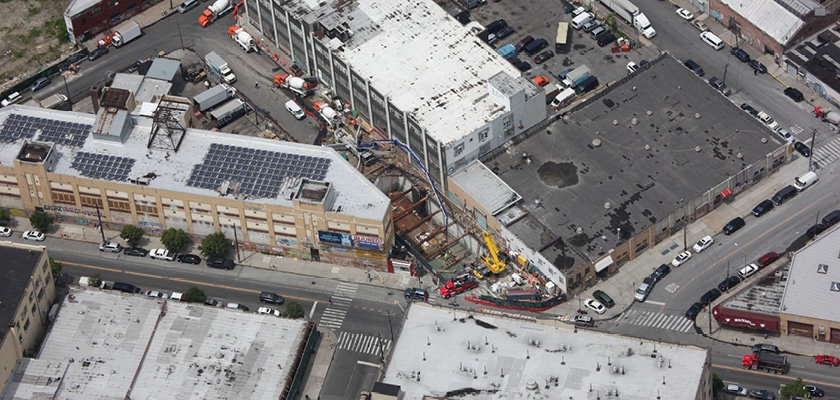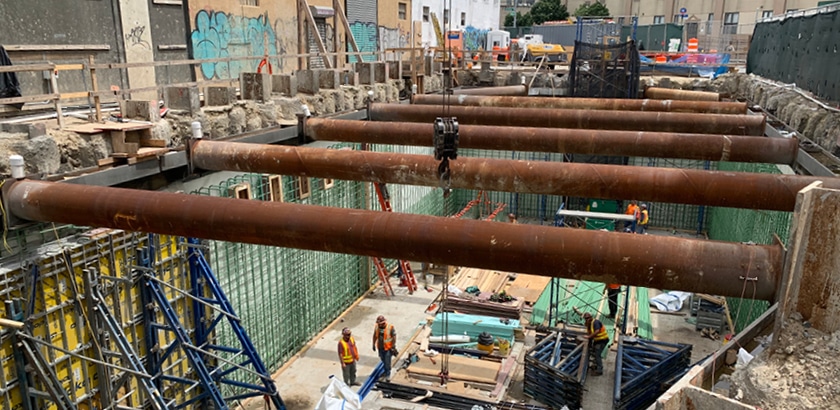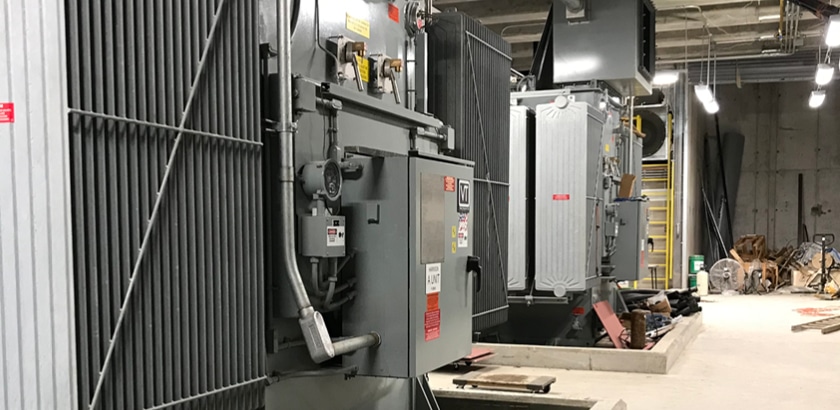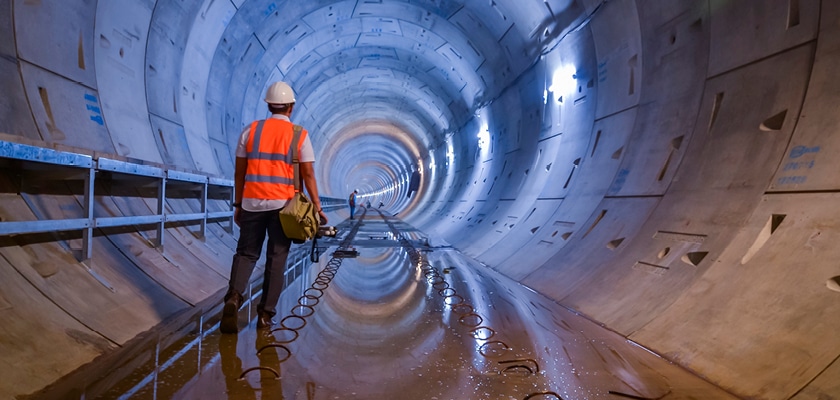
The installation of Communications-Based Train Control (CBTC), and associated infrastructure that will optimize this state-of-the-art-signaling system, is a key component of MTA New York City Transit’s (NYC Transit) larger push to improve on-time performance and the overall reliability of its vast subway system.
So when the significant geological risks of the proposed site for Brooklyn’s Harrison Place Substation – one of three substations that were initiated by NYC Transit as part of a larger program to enhance the existing CBTC network along the heavily traveled L – were identified, NYC Transit turned to the geotechnical engineering expertise of STV, as part of the design-build team led by Railworks Corp., to deliver a solution that would create long-term viability for the L train and its thousands of daily users.
“The ground conditions presented significant challenges for our team during this program,” said Vincent Tirolo, P.E., senior tunneling engineer in New York. “In building the substation underground, NYC Transit eliminated the need for costly real estate acquisitions. However, the underground structure had to be constructed in loose, running sand and gravel and a high groundwater level.”

STV served as the engineer-of-record for the 4,500-square-foot Harrison Place Substation, which is located near the Jefferson Street L line station in Bushwick. The $37 million program included the design and construction of an underground substation that would enclose the substation’s traction power system. To accomplish this, the structure was built by cut-and-cover construction, with secant pile walls, cross-lot struts and jet grout subgrade for temporary support of excavation (SOE) system. Following the installation of the SOE, the substation was constructed as a cast-in-place concrete box.
The site’s ground conditions required the project team to think creatively both during the excavation phase and during the construction of the actual substation building. To accommodate excavating through loose sand and gravel under a high groundwater table, STV’s geotechnical design provided for 39-inch-diameter secant piles, one level of cross-lot bracing, and a 15-foot-thick jet grout plug. Together, these design elements provided watertight excavation conditions for the construction team. Additionally, in using this excavation support system was designed to eliminate the underpinning of the adjacent buildings and eliminate the risk of movement to the nearby subway tunnel structure.
The team also addressed long-term flood mitigation by designing watertight access hatches to the structure, along with sealing all cable and conduit penetrations, and raised exhaust and intake vent structures.
Because the project was procured using the design-build delivery method, developing a structure that could be built expeditiously and cost-efficiently was key. STV’s design established a more standard, box-shaped floor plan than what was initially identified in the project’s bridging documents during the preliminary engineering phase. This new approach optimized floor space; reduced potential seismic movements; and decreased construction risk to adjacent buildings, many of which are more than a century old. In addition, STV’s provision of straight lines for the substation perimeter cut construction costs by minimizing the number of times the SOE contractor had to set up and break down its equipment.

Now complete, the Harrison Place Substation brings additional electrical power to the transit system thereby allowing the CBTC signal system that has already been installed along the L line to be better utilized. Signal problems are among the leading causes of delays in subway service and CBTC dramatically improves the reliability of transit and is considered the international gold standard of signaling systems. CBTC leverages wireless connectivity to keep trains in constant contact with a centralized system that controls their movement and allows them to maintain a safe separation distance that varies according to their relative speeds. With a fully optimized CBTC system NYC Transit can increase the number of trains it provides and create more responsive, flexible train service for riders, that is also safe.
“Both our geotechnical expertise and our long-standing experience working with NYC Transit and the entire MTA system allowed us to help deliver a successful project that will benefit subway riders for generations to come,” said Alexander Napoli, P.E., vice president and senior project manager.





